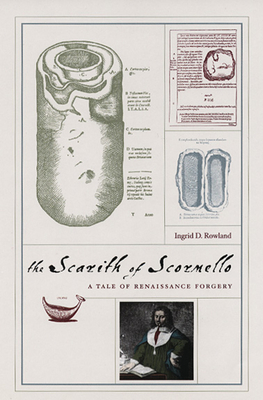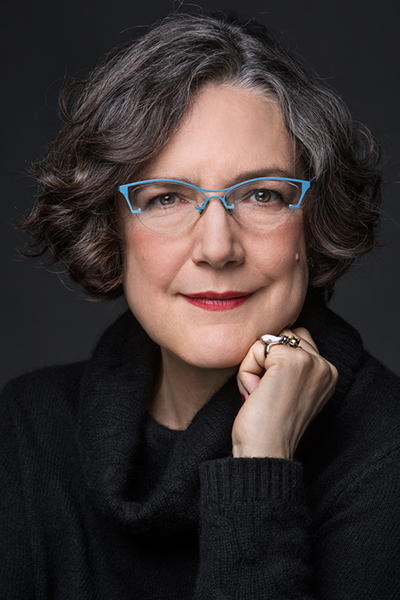

 University of Chicago Press
University of Chicago Press
The Scarith of Scornello: A Tale of Renaissance Forgery


Key Metrics
- Ingrid D Rowland
- University of Chicago Press
- Hardcover
- 9780226730363
- 8.28 X 5.86 X 0.87 inches
- 0.88 pounds
- History > Europe - Italy
- English
 Secure Transaction
Secure TransactionBook Description
As recounted here with relish by Ingrid D. Rowland, Curzio preyed on the Italian fixation with ancestry to forge an array of ancient Latin and Etruscan documents. For authenticity's sake, he stashed the counterfeit treasure in scarith (capsules made of hair and mud) near Scornello. To the seventeenth-century Tuscans who were so eager to establish proof of their heritage and history, the scarith symbolized a link to the prestigious culture of their past. But because none of these proud Italians could actually read the ancient Etruscan language, they couldn't know for certain that the documents were frauds. The Scarith of Scornello traces the career of this young scam artist whose discoveries reached the Vatican shortly after Galileo was condemned by the Inquisition, inspiring participants on both sides of the affair to clash again--this time over Etruscan history.
An expert on the Italian Renaissance and one of only a few people in the world to work with the Etruscan language, Rowland writes a tale so enchanting it seems it could only be fiction. In her investigation of this seventeenth-century caper, Rowland will captivate readers with her sense of humor and obvious delight in Curzio's far-reaching prank. And even long after the inauthenticity of Curzio's creation had been established, this practical joke endured: the scarith were stolen in the 1980s by a thief who mistook them for the real thing.
Author Bio
Prof. Ingrid Rowland writes and lectures on Classical Antiquity, the Renaissance, and the Age of the Baroque for general as well as specialist readers.
A frequent contributor to the New York Review of Books, she is the author of The Culture of the High Renaissance: Ancients and Moderns in Sixteenth-Century Rome (1998), The Scarith of Scornello: A Tale of Renaissance Forgery (2004), From Heaven to Arcadia (2005), Giordano Bruno, Philosopher/Heretic (2008), From Pompeii: The Afterlife of a Roman Town (2013), Villa Taverna (2014), and The Collector of Lives: Giorgio Vasari and the Invention of Art (2017) co-written with Noah Charney. In 2009, she was awarded the Society for Italian Historical Studies's Howard R. Marraro Prize for Giordano Bruno.
Rowland has also published translations of Vitruvius' Ten Books of Architecture (1999) and Giordano Bruno’s Italian dialogue On the Heroic Frenzies (2014), an edition of the correspondence of Agostino Chigi from a Vatican Library manuscript (2001), and the exhibition catalog The Ecstatic Journey: Athanasius Kircher in Baroque Rome (2000). Her latest book is The Divine Spark of Syracuse (2018).
As an Associate Professor of Art History at the University of Chicago, she received the Quantrell Award for Excellence in Undergraduate Teaching.
Prof. Rowland previously taught at UCLA and Columbia University, as well as in the Rome programs of St. Mary's College and the University of California, Irvine. After completing a BA in Classics at Pomona College, she earned her Master's and Ph.D. degrees in Greek Literature and Classical Archaeology at Bryn Mawr College.
She has been a Fellow of the American School of Classical Studies at Athens, the American Academy in Rome, the Villa I Tatti in Florence and the Getty Research Institute in Los Angeles. She is a member of the American Academy of Arts and Sciences and a Corresponding Member of the Accademia dei Sepolti of Volterra and the Accademia degli Intronati of Siena.
Source: University of Notre Dame School of Architecture
Videos
No Videos
Community reviews
Write a ReviewNo Community reviews